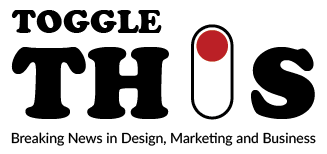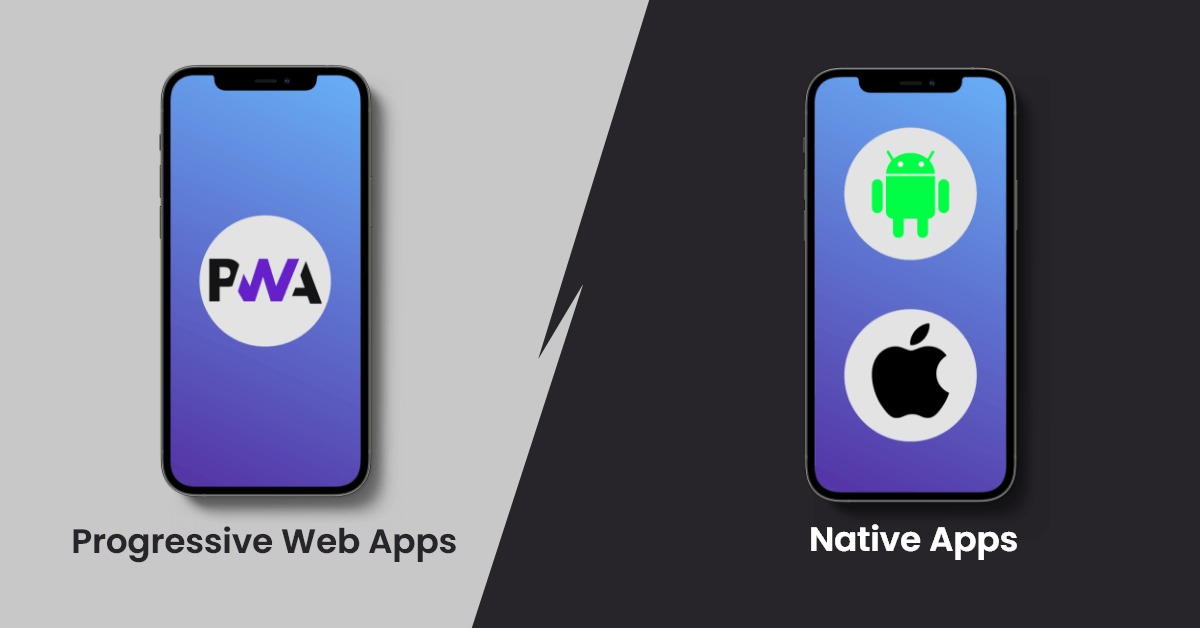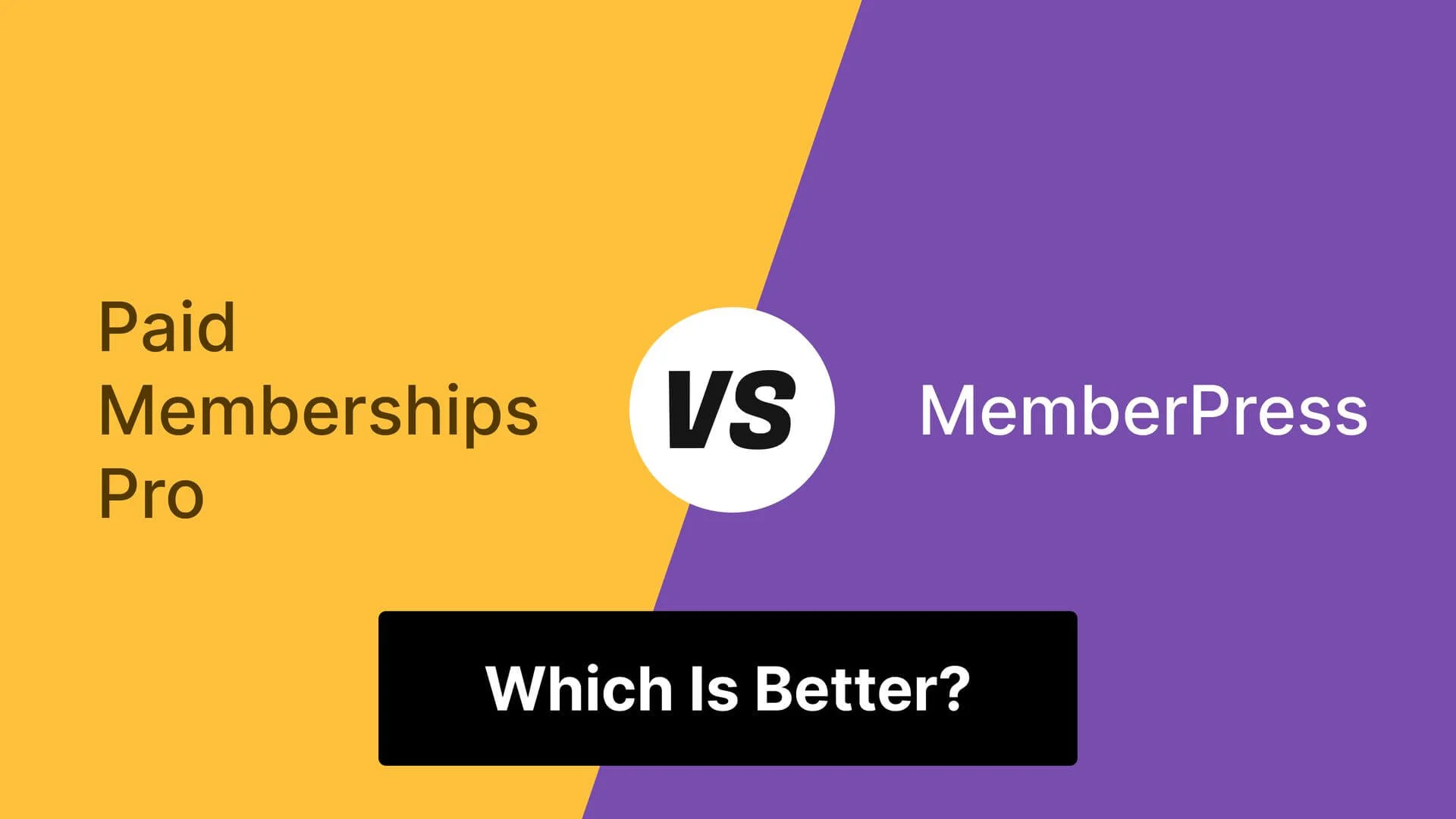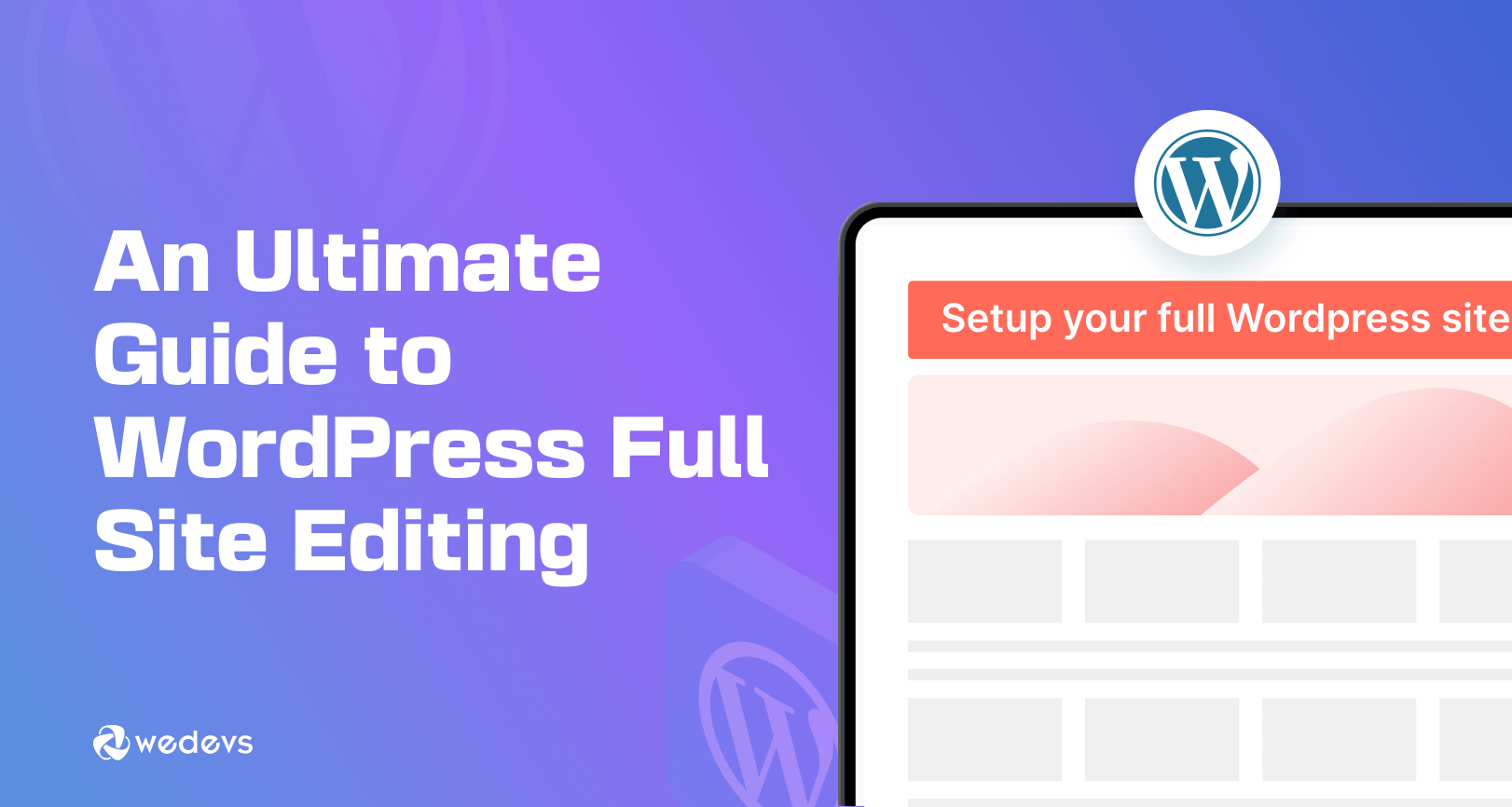The mobile development landscape continues to evolve rapidly, and by 2025, the debate between Progressive Web Apps (PWAs) and native applications has become more nuanced than ever. With new capabilities in web technologies and platform-specific features, choosing the right approach requires a data-driven decision matrix rather than ideological preferences. This comprehensive analysis provides real numbers to guide your technology stack decision.
In 2025, the mobile ecosystem has matured significantly. PWAs now support over 85% of native features on iOS and Android, while native development tools have incorporated cross-platform capabilities that blur traditional boundaries. The cost of development, time-to-market, and performance metrics have shifted dramatically since the early 2020s, making this analysis crucial for product managers and engineering leads making platform decisions.
Cost & Time Comparison Analysis
| Metric | PWA (2025) | Native iOS | Native Android | Cross-Platform |
|---|---|---|---|---|
| Initial Development Cost | $85,000 – $150,000 | $120,000 – $200,000 | $100,000 – $180,000 | $150,000 – $250,000 |
| Development Time | 3-4 months | 4-6 months | 4-5 months | 5-7 months |
| QA Testing Cost | $15,000 – $25,000 | $25,000 – $40,000 | $20,000 – $35,000 | $30,000 – $50,000 |
| App Store Review Time | N/A | 5-10 days | 2-5 days | 3-7 days (average) |
| Ongoing Maintenance (Annual) | $25,000 – $40,000 | $50,000 – $80,000 | $45,000 – $70,000 | $60,000 – $90,000 |
| Platform Updates Adaptation | 20-30 hours/month | 40-60 hours/month | 35-50 hours/month | 50-70 hours/month |
The cost analysis reveals that PWAs offer approximately 30-40% cost savings in initial development compared to native approaches. However, for complex applications requiring deep platform integration, native development still provides better long-term value despite higher upfront costs. Cross-platform solutions like Flutter and React Native have narrowed the gap but introduce their own complexity overhead.
Performance Metrics Deep Dive
Performance metrics in 2025 show that native applications still maintain a significant advantage in responsiveness and stability. PWAs have improved dramatically with better caching strategies and service worker optimizations, but the fundamental architecture still introduces latency. Battery performance has become a critical differentiator, with native apps consuming 25-40% less power on average for equivalent functionality.
Feature Parity Checklist
- Push Notifications: PWAs now support Web Push API with 95% reliability on mobile browsers. Native apps maintain 100% delivery rates with richer notification options.
- Camera Access: Full camera API support available in PWAs including AR capabilities. Native apps offer more granular control and performance optimization.
- Augmented Reality: WebXR support in PWAs covers 70% of AR use cases. Native ARKit/ARCore provide superior performance and feature depth.
- In-App Payments: Web payments API supports major payment providers. Native apps integrate seamlessly with platform-specific payment systems.
- Biometric Authentication: WebAuthn support in PWAs for fingerprint/face recognition. Native apps offer more reliable and faster authentication.
- Background Processing: Limited background sync capabilities in PWAs. Native apps provide extensive background task management.
- Offline Functionality: Excellent offline capabilities with service workers. Native apps offer superior offline data management.
- Device Hardware Access: Partial access to sensors, GPS, and hardware features. Native apps provide complete hardware integration.
Case Study Analysis
Starbucks PWA Implementation (2023-2025)
Starbucks transitioned to a PWA approach in 2023, achieving remarkable results by 2025:
- Development time reduced by 40% compared to native rebuild
- Maintenance costs decreased by 35% annually
- User engagement increased by 25% due to improved loading speeds
- Cross-platform consistency achieved with single codebase
- Offline order placement functionality improved customer satisfaction by 18%
The PWA approach allowed Starbucks to maintain feature parity while significantly reducing operational complexity. The company reported that the decision to go PWA-first saved approximately $2.3 million in development and maintenance costs over two years.
Airbnb Native Strategy (2024-2025)
Airbnb doubled down on native development in 2024, with results showing in 2025:
- App performance improved by 35% with native optimization
- Crash rates reduced to 0.2% across both platforms
- Battery consumption decreased by 30% through platform-specific optimizations
- Deep integration with iOS Shortcuts and Android Widgets increased user retention by 22%
- Advanced mapping and location features leveraged native capabilities effectively
Airbnb’s investment in native development paid off through enhanced user experience and platform differentiation. The company reported that native-specific features contributed to a 15% increase in booking conversions compared to their previous hybrid approach.
Printable “Choose Your Stack” Flowchart
PWA vs Native Decision Matrix
Key Decision Factors for 2025
The data clearly shows that the decision between PWA and native development in 2025 should be driven by specific project requirements rather than general preferences. For MVP development, cost-sensitive projects, and applications with standard feature sets, PWAs provide an excellent balance of capability and efficiency. For performance-critical applications, those requiring deep platform integration, or products where user experience is paramount, native development remains the superior choice.
The emergence of hybrid approaches, where core functionality is delivered via PWA with native modules for specific features, represents the most promising path forward for many organizations. This approach allows teams to optimize for both development efficiency and user experience, leveraging the strengths of each technology stack where they matter most.






